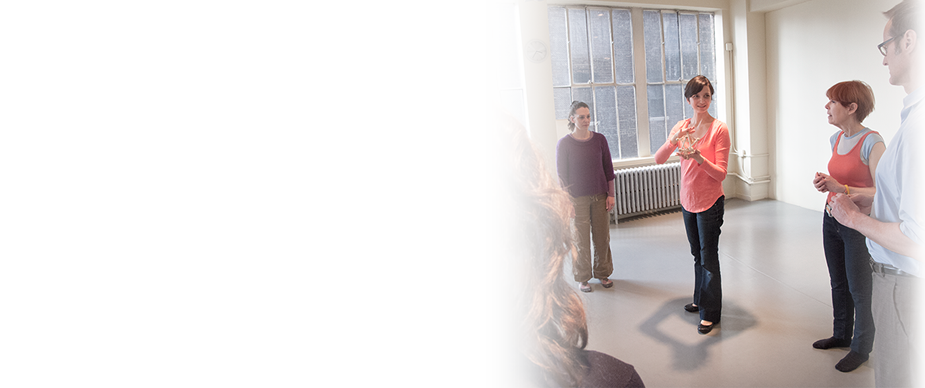Personal Space: Posture and Presence
/ If you live in New York or any other large city, you likely find yourself in close quarters with many other people on a regular basis, such as on the subway during rush hour, in an elevator around lunchtime, or walking shoulder-to-shoulder along the street.
If you live in New York or any other large city, you likely find yourself in close quarters with many other people on a regular basis, such as on the subway during rush hour, in an elevator around lunchtime, or walking shoulder-to-shoulder along the street.How do you define your space? Do you practically tie yourself into a knot on the train as to avoid contact with another human or do you boldly make elbow room for yourself? Do you smile sweetly at the person in the neighboring seat who has just fallen asleep on your shoulder or do you nudge them awake?
Our sense of how much space that we'd like to ourselves varies from person to person and culture to culture. Were those tourists who asked you for directions the other day standing uncomfortably close to you, oblivious to your discomfort?
Moving along from rush-hour commutes and other crowded situations, you might also notice how much space you prefer to place between yourself and other person with whom you are sharing a conversation. If you tie yourself in knots on the subway, you are likely pulling back in some way from everyday conversations.
Start to pay attention to how you use your body in different social settings. Start with the more extreme ones that involve crowds and then begin to notice your more subtle habits related to the space between you and others. Do you pull away? Do you spread yourself out? Somewhere inbetween?
If you tend to pull away from the folks on the train, watch what happens to your face during a face-to-face conversation. You may find that you tighten your face, which may come across as reserved or guarded. If you are tightening your face, then you are likely tightening your neck and the front of your chest. Your breathing may become shallow and your voice tight. If you find yourself engaging in habits like these, see if you can allow your face, eyes, chest, and the front and back of your neck to soften. Don't let yourself sink down or loose your awareness of your feet on the floor in the process.
If you tend to strain toward other people you also can benefit from letting your eyes soften. Allow the other person to be in your field of vision without straining toward them. Become more aware of your back. A simple way of beginning to increase your back-awareness is to tune in to sounds that you hear behind you.
Noticing and adjusting your habits relating to how you hold your body when you are around other people can help you release tension and compression, and improve your breathing, and posture. You may also become more confident in social situations and find that people find you more open, engaged, and present. With less restriction in your breathing, your voice can be richer and more resonant. Alexander Technique lessons can further bring your awareness to your habits and help you to change them!
Please leave a comment below if you have made note of the physical habits that you have developed to define your personal space.

